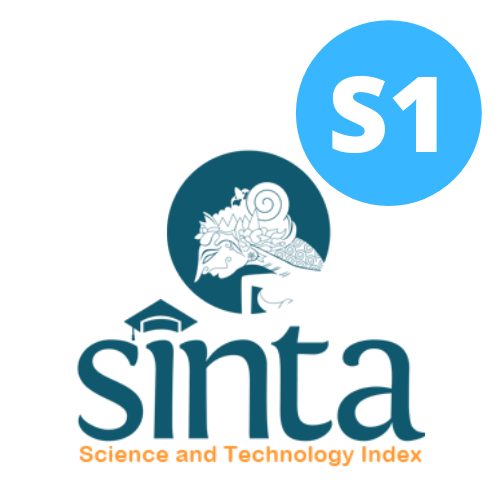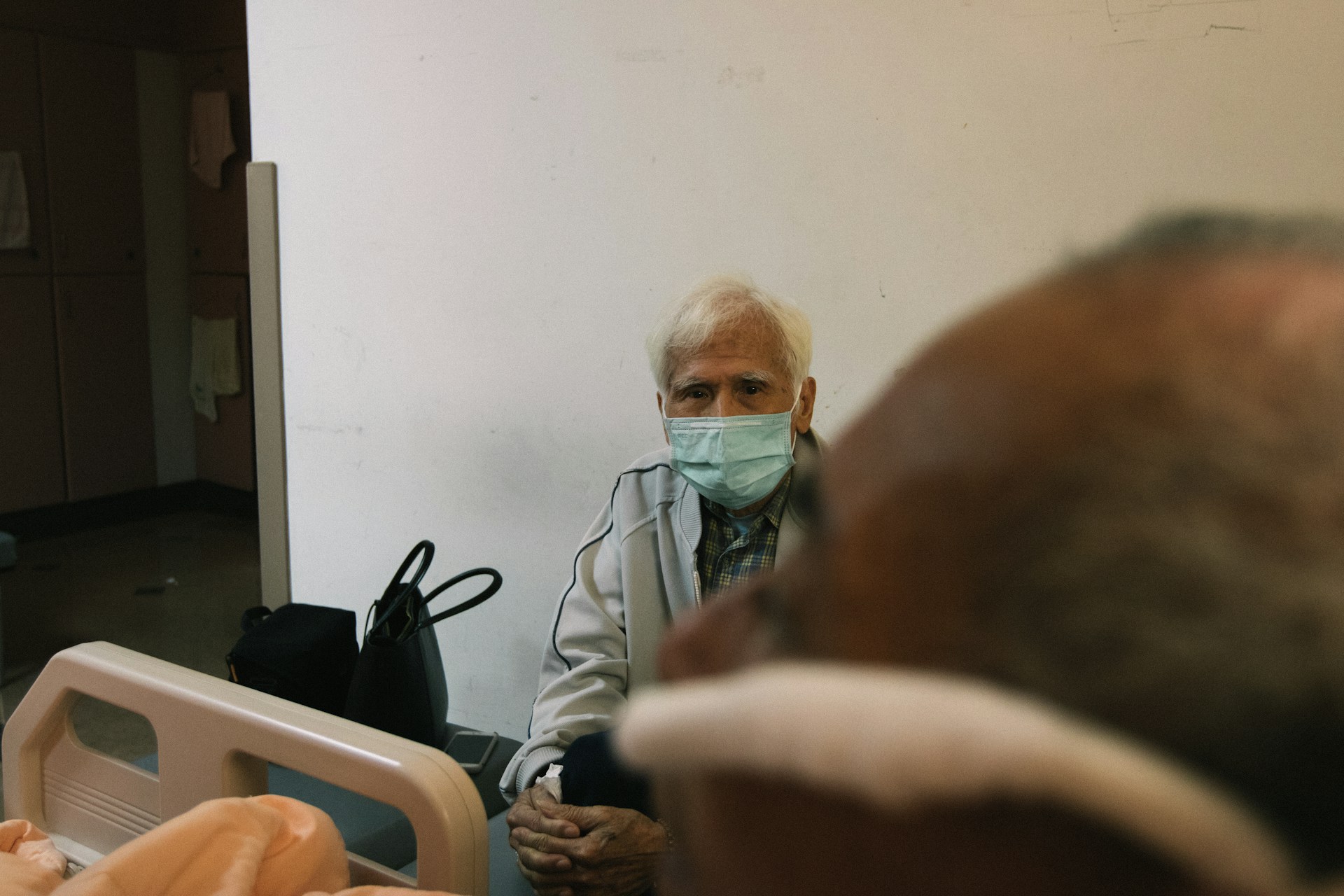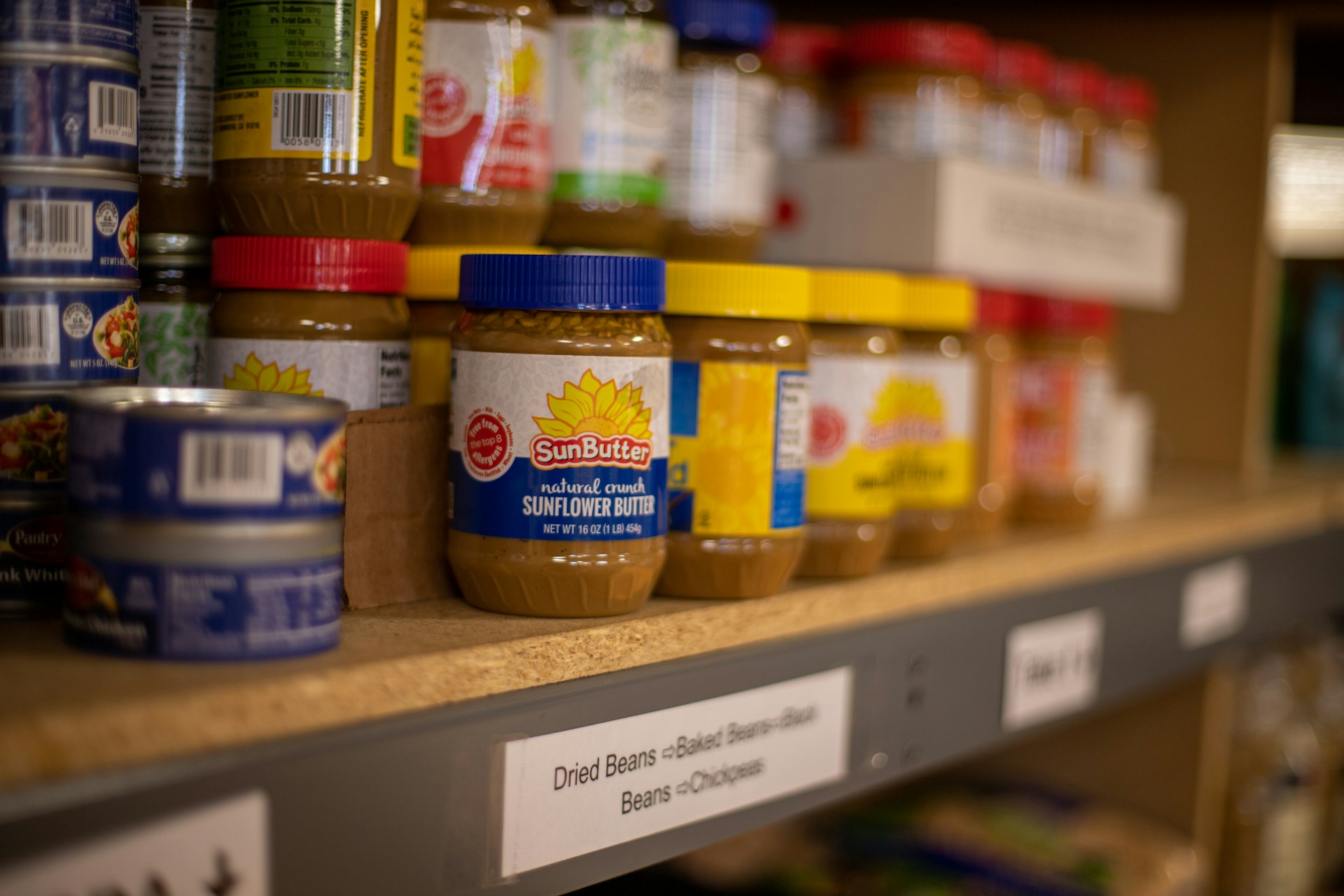Evaluation of the Right to Food with Food System Approach at the Provincial Level in Indonesia
Downloads
Background: The right to food is one of the human rights that must be protected and fulfilled. Inequality in priorities on food and nutrition security development causes a sharp distinction among provinces regarding food security achievement. Currently, methods for evaluating the right to food at the provincial level are not yet available.
Objectives: This study aims to analyze the right to food at the provincial level in Indonesia with a food system approach (food availability, food accessibility, and food utilization) using structural, process, and outcome indicators.
Methods: This study was a cross-sectional study using secondary data from 34 provinces in Indonesia. The data consist of regulations, programs, and the government's performance achievements. There were five data analysis stages: identification, selection, assessment indicators, provincial rankings provision, and the characteristics based on cluster analysis.
Results: Based on the evaluation of 36 selected indicators of the right to food, only three provinces were included in the high category, twenty-five provinces in the medium category, and six provinces in the low category. Central Java had the highest level of the right to food, while West Papua had the lowest level. Non-hierarchical clustering with K-Means methods was further applied to analyze the right to food and later divided into five clusters. The first until the third cluster was categorized as medium level, while the fourth and fifth clusters were categorized as low.
Conclusions: The right to food in western part of Indonesia had better than the eastern region. The availability of regulations and program implementations with adequate budget support will affect the government's performance in fulfilling the right to food.
FAO. Right to Food Handbooks: Procedures for monitoring the right to food. Right to Food Handbooks (FAO, 2014).
Komnas HAM. Komentar Umum Kovenan Internasional Hak Sipil dan Politik; Kovenan Internasional Hak Ekonomi, Sosial dan Budaya. (2009).
BKP. Peta Ketahanan dan Kerentanan Pangan Indonesia Tahun 2018. Badan Ketahanan Pangan (BKP, 2018).
FAO, F. and A. O. of the U. N., IFAD, I. F. for A. D., UNICEF, U. N. C. F., WFP, W. F. P. & WHO, W. H. O. The State of Food Security and Nutrition in the World: Safeguarding against economic slowdowns and downturns. Food and Agriculture Organization of the United Nations (2019).
BKP. Laporan Tahunan Badan Ketahanan Pangan Tahun 2018. Badan Ketahanan Pangan (2018).
Balitbangkes. Laporan Nasional Riskesdas 2018. Badan Penelitian dan Pengembangan Kesehatan (Badan Litbang Kesehatan, 2018).
CFS. CFS Voluntary Guidelines on Food Systems and Nutrition. 1–19 (2019).
Zurek, M. et al. Assessing sustainable food and nutrition security of the EU food system-an integrated approach. Sustain. (2018) doi:10.3390/su10114271.
Harun, H., An, Y. & Kahar, A. Implementation and
challenges of introducing NPM and accrual accounting in Indonesian local government. Public Money Manag. 33, 383–388 (2013).
Pemerintah Republik Indonesia. Undang-Undang Republik Indonesia Nomor 23 tahun 2014 tentang Pemerintahan Daerah. Kementeri. Sekr. Negara RI (2014) doi:10.1017/CBO9781107415324.004.
Martianto, D. Ketahanan Pangan dan Gizi (Food and Nutrition Security) dalam Konteks Indonesia. Di dalam: Hariyadi P. Ketahanan Pangan Sebagai Fondasi Ketahanan Nasional. Prosiding Seminar Menuju Ketahanan Pangan Yang Kokoh: Sebagai Buffer Krisis dan Fondasi Ketahanan N. (IPB, 2009).
Aditya, Z. F. & Winata, M. R. Rekonstruksi Hierarki Peraturan Perundang-Undangan Di Indonesia. J. Negara Huk. 9, 79–100 (2018).
Palupi, S. Merumuskan Indikator Pemenuhan dan Perlindungan Hak Ekonomi, Sosial dan Budaya. Semin. dan Lokakarya Hak-Hak Ekon. Sos. dan Budaya 1–9 (2007).
Dewi, M. S., Dharmawan, N. A. S. & Werastuti, D. N. S. Faktor – Faktor yang Memepengaruhi Kinerja Pemerintah Daerah (Studi Empiris Satuan Kerja Perangkat Daerah Kabupaten Bangli). e-journal S1 Ak Univ. Pendidik. Ganesha 3, 1–12 (2015).
Syuryadi, N., Martianto, D. & Sukandar, D. Pengembangan Metode Evaluasi Komitmen Ketahanan Pangan Dan Gizi Pemerintah Daerah Provinsi Di Indonesia. Amerta Nutr. 4, 140 (2020).
Wulandari, F. O. Faktor-Faktor yang Mempengaruhi Akuntabilitas Kinerja Instansi Pemerintah ( Studi Empiris Pada Organisasi Perangkat Daerah Kabupaten Karanganyar ). (Universitas Muhammadiyah Surakarta, 2018).
Perwirasari, F. B. P. Faktor-faktor Yang Mempengaruhi Akuntabilitas Kinerja Instansi Pemerintah (AKIP). Unnes Educ. J. (2016).
Hendriadi, A. Indeks Ketahanan Pangan Indonesia 2019 (Food Security Index of Indonesia 2019). Badan Ketahan Pangan (Badan Ketahanan Pangan, 2019).
Nurhemi, Soekro, S. R. I. & R., G. S. Pemetaan Ketahanan Pangan di Indonesia: Pendekatan TFP dan Indeks Ketahanan Pangan. Bank Indonesia (2014).
Nugroho, S. Pengantar Statistika Matematika. (UNIB Press, 2008).
Ariani, M. Analisis Konsumsi Pangan Tingkat Masyarakat Mendukung Pencapaian Diversifikasi Pangan. Gizi Indon 33, 20–28 (2010).
Gantina, A., Martianto, D. & Sukandar, D. The Development of Food and Nutrition Security Index at Provincial Level in Indonesia. J. Gizi dan Pangan 15, 175–184 (2020).
Copyright (c) 2022 Amerta Nutrition

This work is licensed under a Creative Commons Attribution-ShareAlike 4.0 International License.
AMERTA NUTR by Unair is licensed under a Creative Commons Attribution-ShareAlike 4.0 International License.
1. The journal allows the author to hold the copyright of the article without restrictions.
2. The journal allows the author(s) to retain publishing rights without restrictions
3. The legal formal aspect of journal publication accessibility refers to Creative Commons Attribution Share-Alike (CC BY-SA).
4. The Creative Commons Attribution Share-Alike (CC BY-SA) license allows re-distribution and re-use of a licensed work on the conditions that the creator is appropriately credited and that any derivative work is made available under "the same, similar or a compatible license”. Other than the conditions mentioned above, the editorial board is not responsible for copyright violation.












































